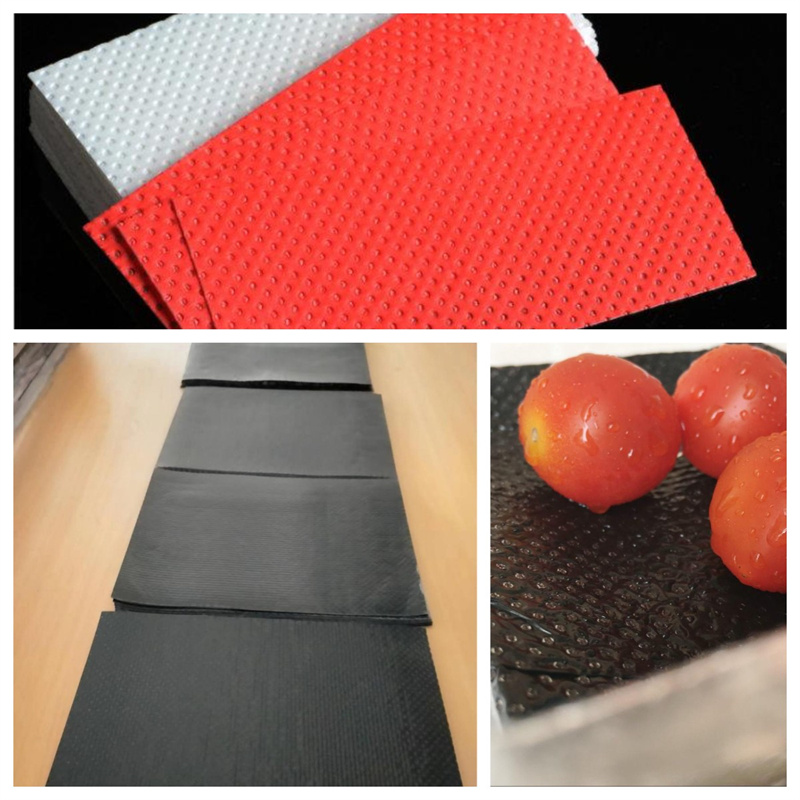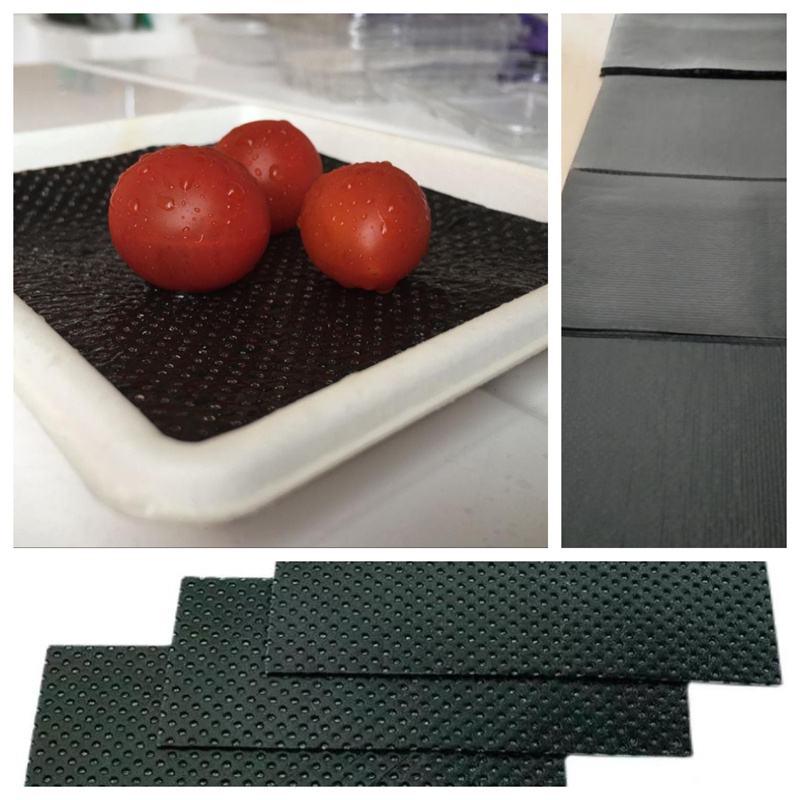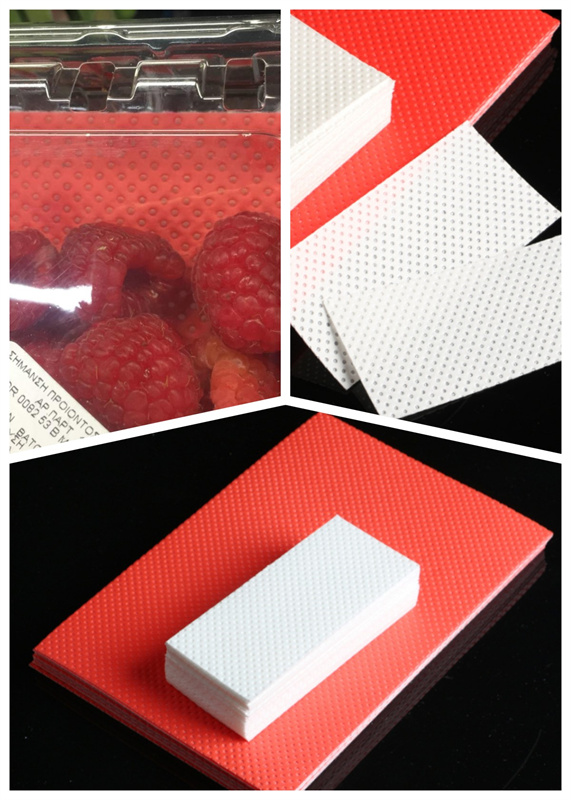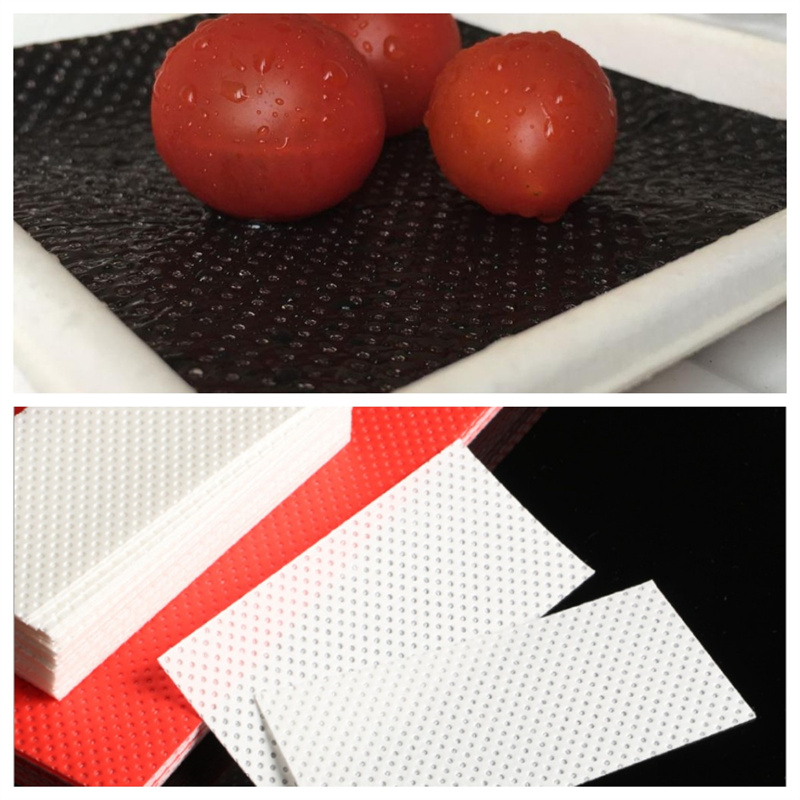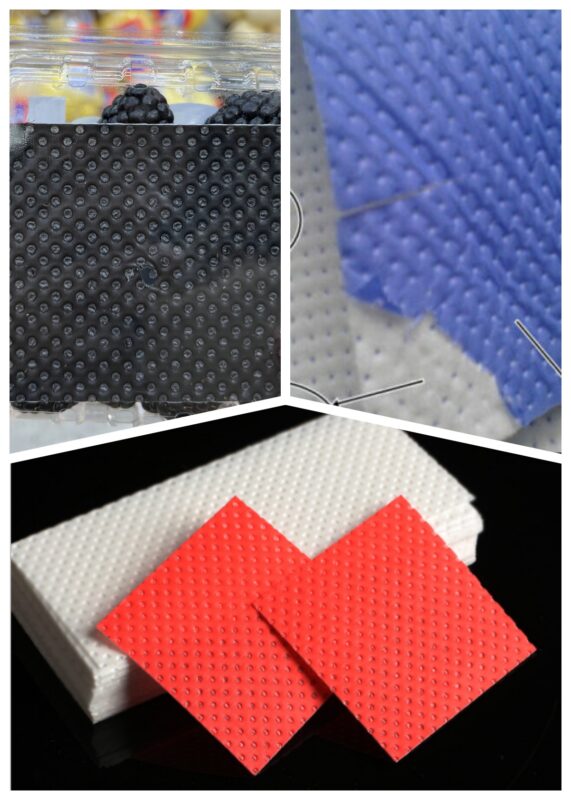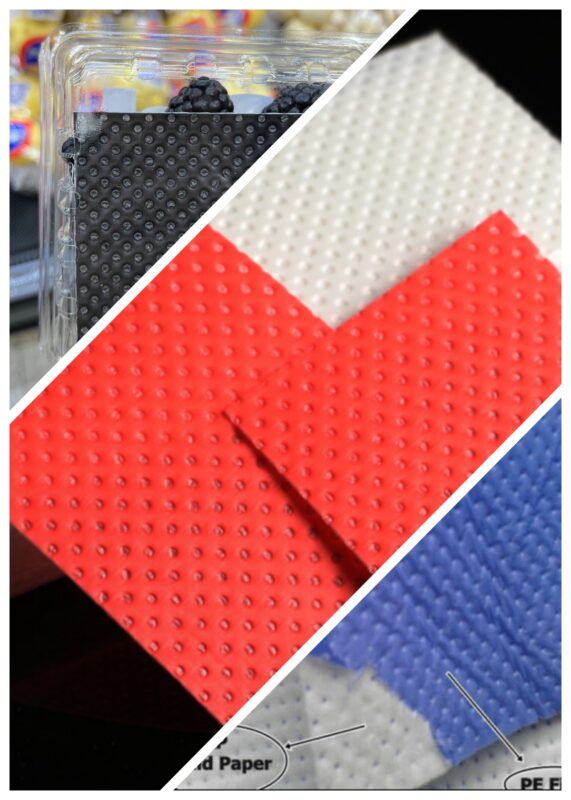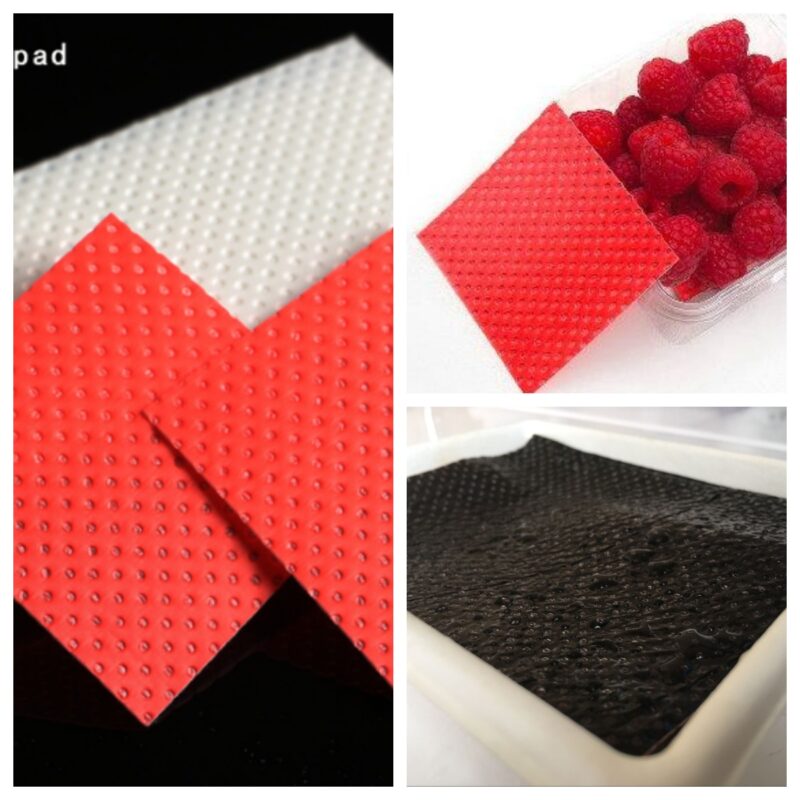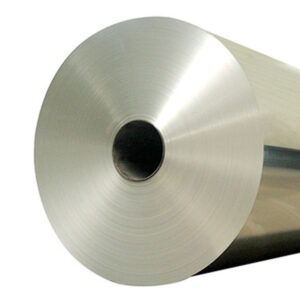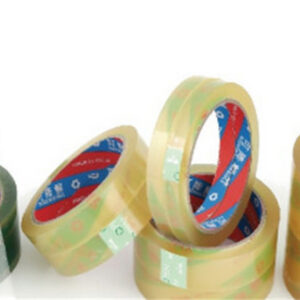What’s Absorbent Fruit Pads?
Absorbent fruit pads are moisture-retaining and preserving materials used for fruit packaging. They are primarily employed in the storage and transportation of fresh fruits such as cherry, barries and so on. This article will comprehensively detail the functions, principles, materials, usage methods, advantages, and disadvantages of freshness absorbent pads, providing readers with a comprehensive reference to understand these pads.
I. Functions of Absorbent Fruit Pads
The primary function of absorbent fruit pads is to soak up excess moisture from fruits, thereby maintaining its freshness and texture. Additionally, these pads effectively shield food from physical damage during transportation, enhancing its resistance to pressure and durability.
II. Principles of Freshness Absorbent Pads
The water-absorbing principle of absorbent fruit pads involves physical adsorption. Physical adsorption refers to the interaction between the pad’s surface and water molecules, where surface tension causes water molecules to adhere to the pad’s surface.
III. Materials
The fruit pads primarily consist of two materials: polyethylene (PE) and dust-free paper. Polyethylene is a thermoplastic plastic derived from polymerizing ethylene monomers. It possesses properties such as waterproofing, corrosion resistance, and impact resistance, making it suitable as a waterproof layer. Dust-free paper is composed of intertwined wood pulp and fibers, offering excellent water absorption and high-strength characteristics, making it suitable as an absorption layer. Furthermore, the pads contain special additives as well, such as antibacterial or preservative agents, to enhance fruit preservation.
IV. How to use the Absorbent Fruit Pads
When using fruit pads, begin by taking the pad out of the packaging and placing it at the bottom of the packing tray, or on a flat surface. Then, the next step is to position the fruit on the pads, gently pressing it to adhere to the food’s surface. Finally, fold and seal the food packaging, ensuring the absorbent pad is securely fixed to the food’s surface.
V. Advantages
1. Excellent Water Absorption:
Absorbent fruit pads boast remarkable water-absorption capabilities, effectively soaking up the excess moisture and maintaining its freshness and texture.
2. Moisture and Waterproofing:
The waterproof layer of freshness absorbent fruit pads prevents external moisture and contaminants from infiltrating, safeguarding against dampness and spoilage.
3. Impact Resistance:
The absorbent nature of these pads cushions fruits during transportation. So, they enhance its resistance to pressure and overall durability.
4. User-Friendly:
It’s very simple to use fruit pads. And it is no need to use any additional machine. Meanwhile, it ensure user convenience.
VI. Conclusion
As an essential moisture-retaining and preserving material, the absorbent pads have found wide application in the food packaging industry. Their primary function is to absorb excess moisture from fruits, maintaining its freshness and texture. This article has provided a comprehensive overview of the functions, principles, materials, usage methods, advantages, and disadvantages of freshness absorbent pads, aiming to offer readers valuable insights into understanding and using these pads.

